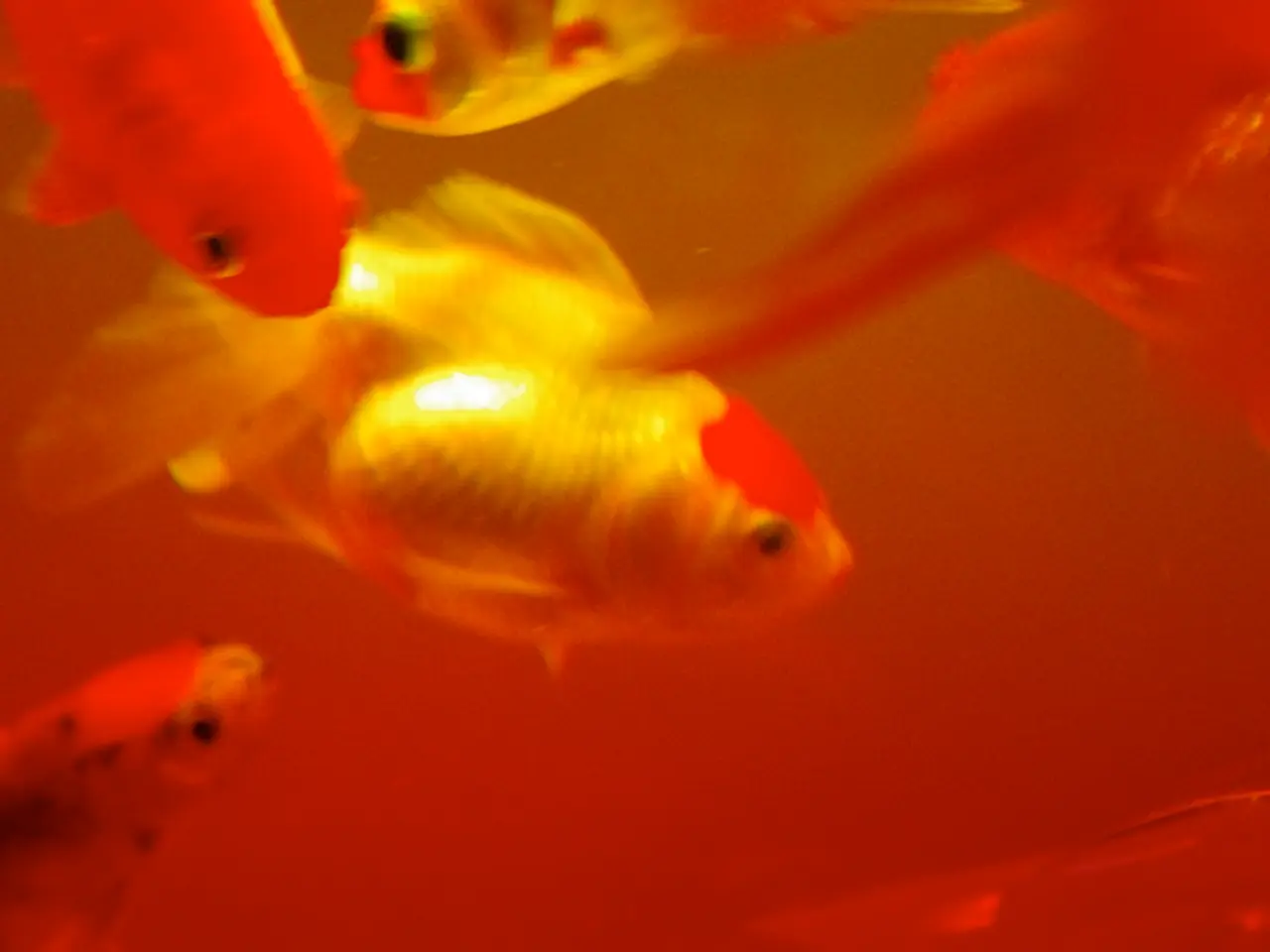Koi Fish: A Present from Japan
===========================================
Hiroshima, a city in Japan, holds a unique position in the world for two distinct reasons. On one hand, it is historically significant as the site of the first atomic bombing in August 1945, an event that marked the end of World War II but also caused immense destruction and loss of life. Consequently, Hiroshima has become a global symbol for peace, embodying a commitment to peace, nuclear disarmament, and remembrance of the tragedy.
In the Peace Memorial Park, located near the bomb's impact, stand the Atomic Bomb Dome, Peace Flame, Children's Peace Monument, and the Hiroshima Peace Museum, all dedicated to memorializing the victims and promoting peace. The Atomic Bomb Dome, registered as a UNESCO World Heritage Site in 1996, serves as a poignant symbol of the loss from the war and the importance of continuing to nurture peace. It attracts visitors from around the world.
On the other hand, Hiroshima is celebrated for its cultural significance as the home of Nishikigoi, or ornamental koi carp. These colorful fish, known as "living jewels" due to their ornate, silk brocade-like patterns, are deeply associated with Hiroshima, symbolizing perseverance and rebirth. The city's professional baseball team, the Hiroshima Toyo Carp, was named after the koi carp, chosen explicitly to reflect the city’s strength and hope for renewal after the atomic bombing.
Nishikigoi can range from smaller sizes to over 80 cm in length and are peaceful fish that adapt well to changes in water temperature. The growth of Nishikigoi depends on the size of their living environment. They were first bred in the middle of the Edo Period (1600-1866) in Niigata prefecture, but their earliest records as ornamental fish can be found in the Nihon Shoki, a book written 1300 years ago.
Today, Nishikigoi are exported to countries like Germany, Switzerland, North America, and Asia. Notable examples can be seen at the Lily Pond of The Huntington Museum & Gardens in Pasadena, California. Nishikigoi are also depicted in traditional Japanese paintings for their beautiful colors.
Hiroshima is home to two World Heritage Sites: the Atomic Bomb Dome and Itsukushima Shrine. The river that runs through Hiroshima used to drain into the castle moat, which was inhabited by many carps. Itsukushima Shrine is one of the sites, located in Hiroshima.
Nishikigoi are associated with good luck and are celebrated on Children's Day in Japan. Hiroshima is known as the City of Carp (or koi). Despite its tragic history, Hiroshima's resilience and cultural identity are embodied in the symbol of the Nishikigoi, reflecting themes of endurance and revival that resonate with Hiroshima’s post-war recovery.
- The city of Hiroshima, Japan, is recognized globally for its commitment to peace and its dedication to memorializing the tragedy of the atomic bombing, as evident in the Peace Memorial Park and its UNESCO World Heritage Site, the Atomic Bomb Dome.
- Beyond its historical significance, Hiroshima is celebrated for its cultural symbol, the Nishikigoi, or ornamental koi carp, which are deeply associated with the city and embody themes of perseverance and rebirth.
- These colorful fish, known as "living jewels," are not only a significant part of Hiroshima's cultural identity but also a source of economic growth, as they are exported to various countries and depicted in traditional Japanese paintings.
- Integral to Hiroshima's cultural tapestry, the Nishikigoi are celebrated on Children's Day in Japan, and the city is aptly known as the City of Carp, reflecting its resilience and cultural identity in the face of adversity.




